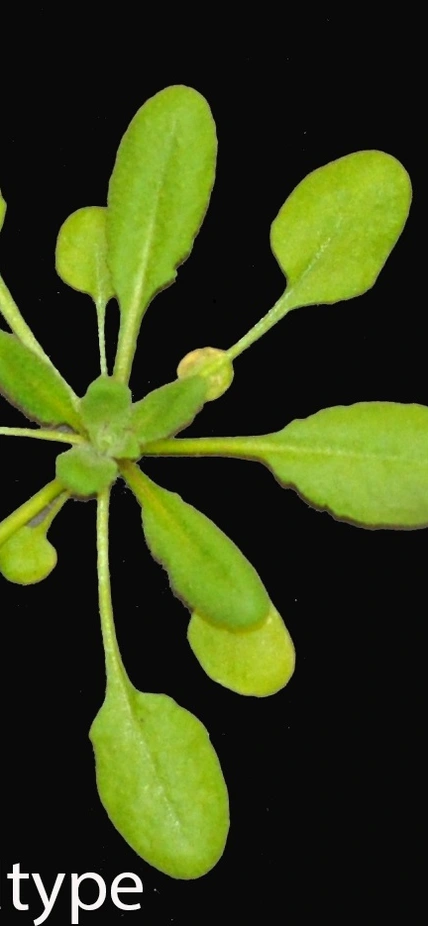Stanford, CA—Plants are stationary. This means that the way they grow must be highly internally regulated to use the surrounding resources in the most-advantageous way possible.
Just imagine if you were stuck in one spot and had to strategize to keep getting water and nutrients from the ground beneath your feet and sunlight on your skin. That’s how plants live!
Luckily for them, plants have a complex system of hormones that guide their growth and maximize their ability to take advantage of the environment. One mastermind hormone is called brassinosteroid.
It can turn on or off more than 2,000 plant genes, and is crucial to normal plant growth—including stem architecture, flowering, and the development of pores called stomata through which plants “breathe”—as well as to a plant’s environmental stress responses. Mutant plants that lack the ability to make brassinosteroid have defects throughout their lifecycle, including dwarfism, late flowering, and sterility.
Like all hormones, brassinosteroid controls a chain of cellular proteins, each acting on the next to either activate or inhibit its activity in the interest of maximizing the plant’s growth and survival.
New research published in Molecular Cell by Carnegie’s Jia-Ying Zhu and Zhi-Yong Wang identified one missing link in the brassinosteroid signaling chain, which is called KIB1. They found that KIB1 is an essential part of brassinosteroid’s effectiveness as a master regulator.
Mutant plants lacking KIB1 were insensitive to the presence of brassinosteroid and exhibited abnormal growth patterns as a result.
“Elucidating hormone signaling pathways is like putting together a puzzle,” Zhu said. “We uncover one piece at a time, working toward a full picture.”
Wang’s lab has spent years homing in on the chemical cascade by which brassinosteroid activates and deactivates different proteins in a plant cell. Gaining a complete understanding of how such a master hormone works could help scientists find targets for engineering high-yield crops and fighting world hunger.
Top Caption: A comparison of a normal plant and KIB1-lacking mutant plant, courtesy of Jia-Ying Zhu.
__________________
This work was supported by the National Institutes of Health.
